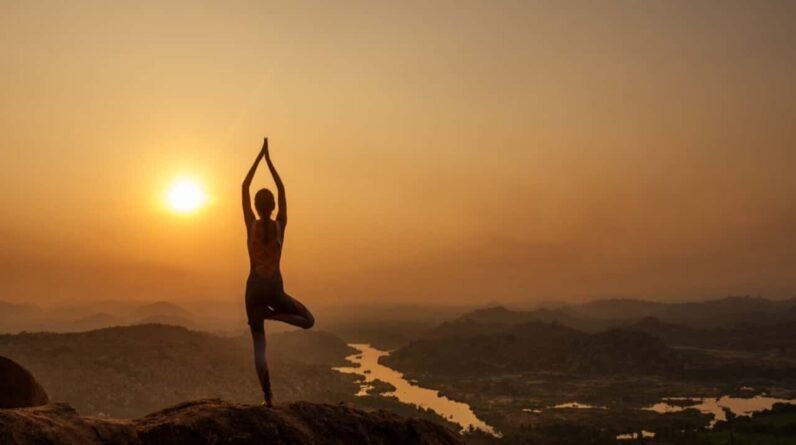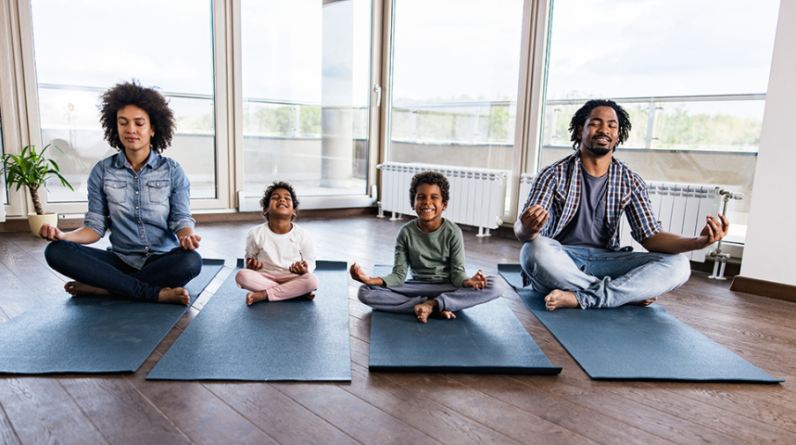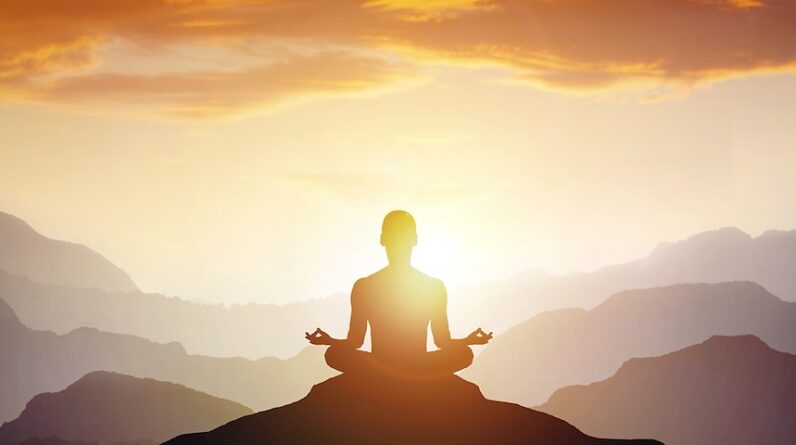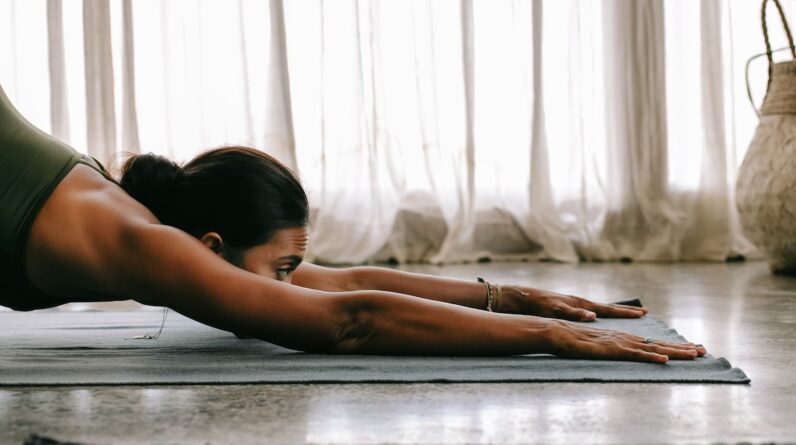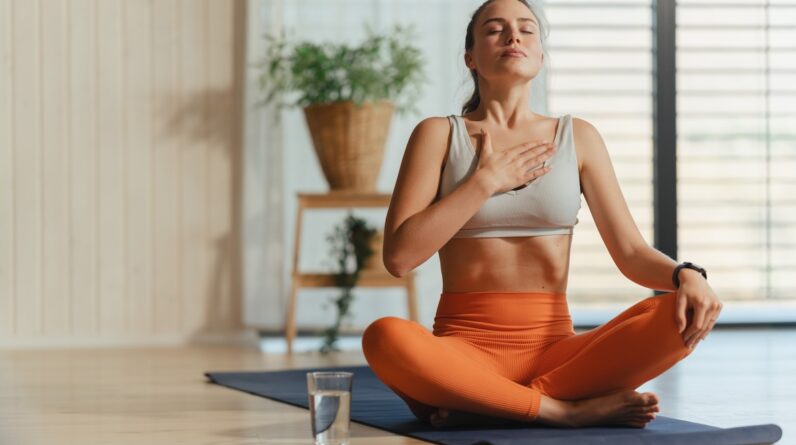
If yoga has a PR person, they’re doing a great job. In TV shows and movies, the practice always seems so gentle and simple. And in many ways, it is. The soft music, the stretching, the focus on the breath and the present moment…it can be calming.
But yoga can be more complicated than it seems. Some particular positions can be challenging or uncomfortable—downward-facing dog always makes my wrists hurt—and staying present is no easy feat for those of us prone to anxiety thought traps.
Plus, did you know that how you breathe during yoga matters? It’s not necessarily a make-or-break thing, but it’s still a *thing*— so we asked a yoga instructor why it’s essential to breathe the “right” way and what that looks like.
Why breathing the right way is important during yoga
As mentioned, breathing is a major part of yoga—and for a few reasons. The first is physical and rings true for all kinds of movement.
“On a physical level, the breath brings oxygen to the body, which helps with circulation and supports the ability to move throughout the practice,” says Kate Lombardo, E-RYT 500, co-founder and director at Yoga Renew and a certified yoga teacher, trainer, wellness educator, and mindset coach who specializes in vinyasa yoga sequencing, meditation, and positive psychology.
The second is mental and more yoga-specific. It’s about one of the main pros of yoga: being in the present moment. Lombardo says paying attention to your breath is a way to streamline that process.
“When you bring focus to the breath, thinking about each inhale and each exhale, you connect the mind with the body by bringing awareness to something that is happening right now, in real time,” she explains. “This helps to focus and calm the mind, which ultimately benefits the nervous system.”
Last but not least, certain types of breathing techniques are better than others depending on the type of yoga. Think about it: The kind of breath pattern that’s necessary for a more active form, like Vinyasa yoga, will differ from a more meditative form, like Yin yoga. Each yoga type (and breathing technique) has its own purpose and benefits.
“When you bring focus to the breath, thinking about each inhale and each exhale, you connect the mind with the body by bringing awareness to something that is happening right now, in real time.” —Kate Lombardo, E-RYT 500
How to breathe correctly during yoga
First and foremost, Lombardo suggests ensuring that you’re breathing, period. “As long as you’re breathing in general, that’s half the battle,” she says.
Some positions are more physically taxing, in which you may notice you’re holding your breath or not breathing well. Or, you may focus so well on breathing the right way that it has the opposite effect. In these scenarios, you want to be more intentional about checking that you’re breathing consistently.
Then, ensure your breath patterns align with your body (which may or may not feel natural). Basically, inhale while your body is expanding and exhale when your body is contracting, Lombardo says. An easy way to remember this is to imagine your body fill with air as you breathe in, and vice versa.
Finally, keep in mind that the right breathing technique may depend on the type of yoga you’re doing. Lombardo says:
- Pranayama, a limb of yoga that refers specifically to the breath, has all types of breathing practices that are meant for different times.
- For Vinyasa yoga and other practices that are more physical, a great start is linking one breath (an inhale or exhale) to each movement.
- In slower-paced yoga, like restorative or Yin, start with box breathing (inhale for four counts, hold for four counts, then exhale for four counts) to calm your nervous system and connect to your breath.
Once you have more experience and comfort with breathing techniques, you can incorporate more advanced types of Pranayama, like alternate nostril breathing or Kapalabhati breath, a rapid type of breathing, Lombardo says.
After all, the breathing piece is more complicated than it may sound—so if you struggle or stick to the “easier” techniques, don’t beat yourself up.
“In the eight-limb path of yoga, Pranayama—or the practice that focuses specifically on the breath—comes after Asana, aka the physical poses,” Lombardo says. “If you look at yoga through this lens, the breath is actually considered a more advanced practice than the physical movement.”


